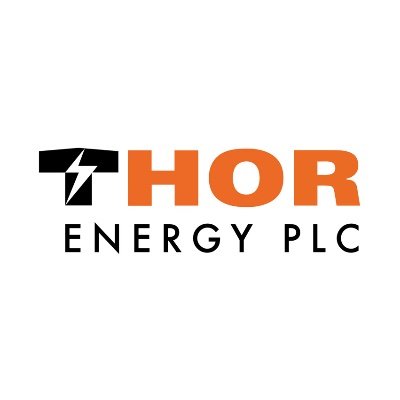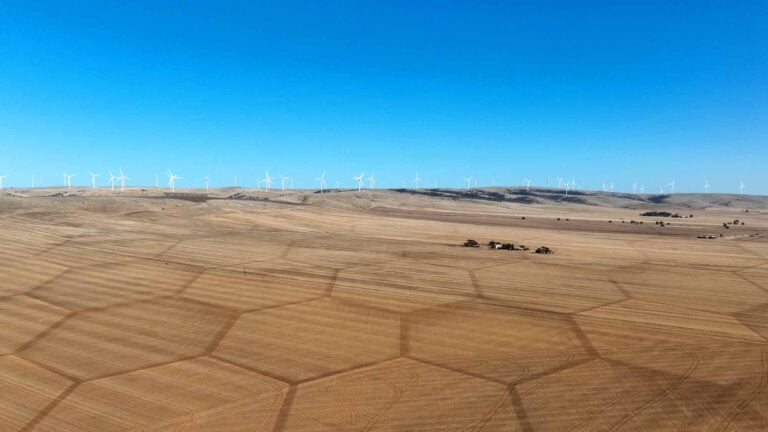Thor Energy, through its subsidiary Go Exploration Pty Ltd, has quietly secured three new gas storage exploration licences in South Australia, GSEL 804, 805 and 806, covering more than 6,300 km² just outside Adelaide. This is more than a routine licence addition. The near‑Adelaide positioning places Thor in proximity to strong hydrogen and helium leads, including the Ramsay‑1 and Ramsay‑2 discoveries, sites already marked by industry as high‑potential.
For investors, a few subtle dynamics stand out:
Firstly, the new licences are intended for gas storage exploration, not mere production. That signals a dual purpose: natural hydrogen exploration and potentially storing end‑use hydrogen generated elsewhere, suggesting optionality in revenue streams and an early nod toward future infrastructure roles.
Secondly, this strategy aligns with Thor’s earlier geological groundwork. In May, the company completed an expanded geochemical soil‑gas survey across its HY‑Range acreage, sampling 103 sites and deploying mobile gas chromatography in the field. Results are pending, but the approach reflects a deliberate, methodical progression: data‑first, low cost, pre‑drilling diligence.
Contrast this measured progression with another narrative emerging in the sector. Many firms rush into “synthetic” or “green” hydrogen production, reliant on electrolyser investment, power sourcing, and carbon accounting. Thor has taken a quieter path, seeking “natural” or “white” hydrogen, venting from geological formations. As industry observers note, that could represent a radical shift in the hydrogen playbook. It’s a geologically grounded, discovery‑led resource play, poised to catch the eye of value‑focused investors seeking asymmetric upside.
Thirdly, the South Australian government has clearly enabled that shift. What began as petroleum licence PEL 120 was converted to a Regulated Substance Exploration Licence (RSEL 802) earlier this year, embracing hydrogen and helium exploration under updated regulations. This active reclamation of regime by regulators removes a major techno‑regulatory obstacle, allowing exploration efforts to proceed without legislative tailwinds tipping sideways.
Further reinforcing the scale of Thor’s ambition is the context of the Ramsay‑1/2 discoveries nearby, identified by Gold Hydrogen as world‑class. Participation in that corridor, even as a junior player, offers one of the earliest low‑cost entry points into a nascent frontier. The area is attracting a growing cohort of explorers, D3 Energy being a notable rival, but Thor’s acreage wraps around that corridor, giving it a geospatial advantage.
These steps, licence expansion, methodical surveying, and regulatory clarity, are being taken without heavy capital outlay. The licences have initial terms to July 2025, with a renewal option to mid‑2030. Thor will now execute the agreements and commence exploration programmes, supported pragmatically by government and indication from stakeholder engagement .
Investors often ask whether small explorers can sustain. In Thor’s case, the share price dip, down about 11 percent to 0.45 pence and hovering near half‑year lows, may look like weakness. But it can be reframed: this is a potentially asymmetric entry point. The company is betting geology and timing rather than hype or stimulus, and shares are reflecting uncertainty, but also optionality.
Of course, the model is early-stage. Drilling lies ahead, and there’s no guarantee of commercial volumes. Extraction protocols for natural hydrogen remain evolutionary, and while regulatory frameworks are improving, they may not be uniform across jurisdictions. However, Thor has built a portfolio of licences, executed rigorous pre‑drilling due diligence, and taken open ground near proven discoveries, all while capital outlay remains low.
From a capital‑risk perspective, this represents a calculated gamble on resource emergence rather than infrastructure execution. If exploration confirms natural hydrogen presence in subsurface traps, Thor gains not only resource upside but also strategic infrastructure optionality. If storage opportunity is unlocked, it deepens revenue avenues. And if either leads to commercialisation, this frontier corner of South Australia could become a launchpad for the company.
For investors willing to engage with frontier geology and long‑horizon exploration, Thor’s play is subtly compelling. It offers an alternative path into the hydrogen complex, roots firmly planted in geology, and exposure to regulatory momentum in hydrogen handling and gas storage.
Thor Energy PLC (LON:THR) is a leading exploration company focused on natural hydrogen and helium, with a significant footprint in the highly prospective South Australian region.












































